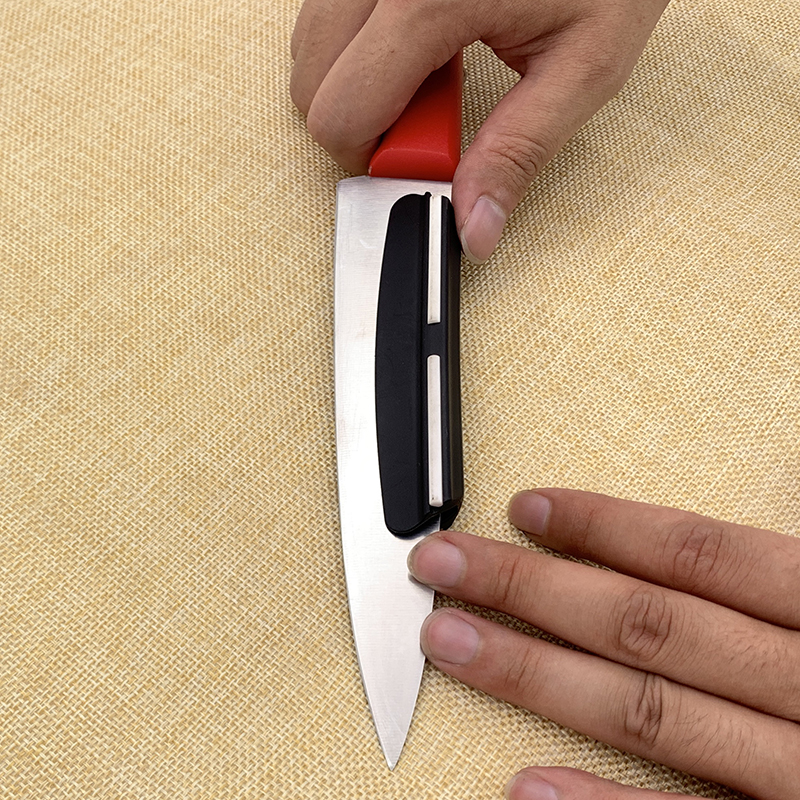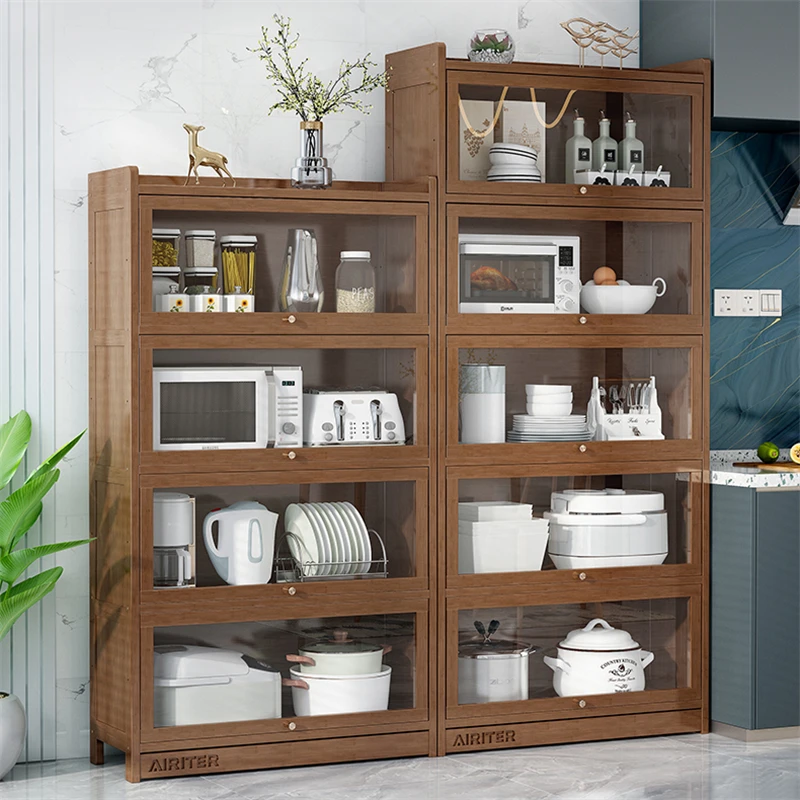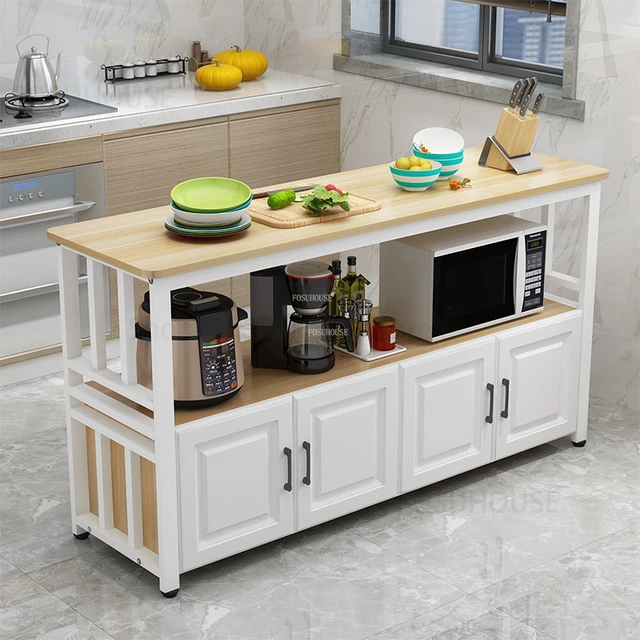Deciding whether or not to paint your kitchen cabinets can be a challenging decision. The kitchen is often the heart of the home, and your cabinets play a significant role in its overall aesthetic appeal. Painting kitchen cabinets can rejuvenate your space, but it requires careful consideration and planning. This comprehensive guide explores the pros and cons, factors to consider, and step-by-step instructions to help you make an informed decision.
 The Benefits of Painting Kitchen Cabinets
The Benefits of Painting Kitchen Cabinets
Cost-Effective Transformation
Affordable Update: Painting your cabinets is much less expensive than replacing them entirely. With a fresh coat of paint, you can give your kitchen a brand-new look without breaking the bank.
Quick Makeover: Unlike a full renovation, painting can be completed relatively quickly. This allows you to update your kitchen in a short amount of time, minimizing disruption.
Customization
Wide Range of Colors: Painting allows you to choose from an endless array of colors. Whether you prefer classic whites, bold blues, or subtle grays, you can customize your kitchen to reflect your personal style.
Finish Options: You can select different finishes, such as matte, semi-gloss, or high-gloss, to achieve the desired look and functionality.
Improved Aesthetics and Functionality
Modernize Outdated Cabinets: If your current cabinets are outdated, painting can modernize them and bring a contemporary feel to your kitchen.
Protection and Durability: The right paint and finish can protect cabinets from daily wear and tear, making them easier to clean and maintain.
 The Drawbacks of Painting Kitchen Cabinets
The Drawbacks of Painting Kitchen Cabinets
Labor-Intensive Process
Time-Consuming: Painting kitchen cabinets is a multi-step process that requires preparation, priming, painting, and drying. This can be time-consuming and tedious, especially for larger kitchens.
Skill Required: Achieving a smooth, professional finish requires a steady hand and attention to detail. Mistakes can lead to uneven paint and unsightly brush marks.
Temporary Solution
Not a Permanent Fix: Painting can refresh the appearance of your cabinets but does not address underlying structural issues. If your cabinets are damaged or poorly constructed, painting is only a temporary solution.
Potential for Chipping: Painted cabinets can be prone to chipping and scratching over time, especially in high-traffic areas.
Preparation and Cleanup
Extensive Preparation: Proper preparation is crucial for a successful paint job. This includes cleaning, sanding, and priming the cabinets. Skipping these steps can result in poor adhesion and a lackluster finish.
Messy Process: Painting can be messy, with the potential for drips, spills, and dust from sanding. Proper ventilation and cleanup are necessary to keep your kitchen and home tidy.
Factors to Consider Before Painting
Condition of Cabinets
Structural Integrity: Ensure your cabinets are in good condition structurally. Painting old, damaged, or sagging cabinets may not yield the desired results.
Surface Material: Consider the material of your cabinets. Solid wood and wood veneers are ideal for painting, while laminates or particleboard may require special preparation and primers.
Desired Outcome
Visual Impact: Think about the visual impact you want to achieve. Are you aiming for a subtle refresh or a dramatic transformation? The choice of color and finish will play a significant role.
Long-Term Goals: Consider your long-term plans for the kitchen. If you’re planning a full remodel in a few years, painting can be a cost-effective interim solution. However, if you desire a long-lasting improvement, consider other options like refacing or replacing.
Budget and Time
Budget Constraints: Painting is generally cost-effective, but consider the cost of high-quality paint, primers, tools, and other materials. Hiring a professional will also add to the expense.
Time Commitment: Assess your available time and whether you can dedicate several days or weeks to the project. Rushing through the process can lead to subpar results.
 DIY vs. Hiring a Professional
DIY vs. Hiring a Professional
DIY Painting
Cost Savings: Doing it yourself can save money on labor costs. You’ll only need to purchase the necessary materials and tools.
Control Over Process: Painting your cabinets allows you to have complete control over the project, from color selection to application techniques.
Learning Experience: If you enjoy DIY projects, painting cabinets can be a rewarding and educational experience.
Hiring a Professional
Quality Results: Professionals have the experience and skills to deliver a smooth, professional finish. They know the best techniques and materials to use.
Time Savings: Hiring a pro can save you considerable time and effort, allowing you to focus on other tasks or simply relax.
Less Mess and Stress: Professionals handle the entire process, including preparation and cleanup, minimizing mess and disruption in your home.
Step-by-Step Guide to Painting Kitchen Cabinets
Materials Needed
- High-quality paint
- Primer
- Sandpaper (120 and 220 grit)
- Tack cloths
- Painter’s tape
- Drop cloths
- Screwdrivers
- Paintbrushes and rollers
- Respirator or mask
- Gloves
- Cleaning supplies
Preparation Steps
Should i paint my kitchen cabinets
Remove Doors and Hardware
- Use a screwdriver to remove cabinet doors, drawers, and all hardware, including hinges and knobs.
- Label each door and its corresponding location for easy reassembly.
Clean Surfaces
- Clean all surfaces thoroughly with a degreaser to remove grease, oil, and grime. This ensures proper adhesion of the primer and paint.
Sanding
- Lightly sand the cabinet surfaces with 120-grit sandpaper to create a rough surface for the primer to adhere to.
- Wipe away dust with a tack cloth.
Apply Painter’s Tape
- Use painter’s tape to protect areas around the cabinets, such as walls and countertops. Cover the floor with drop cloths to catch drips and splatters.
 Priming and Painting
Priming and Painting
Should i paint my kitchen cabinets
Apply Primer
- Apply a high-quality primer to all cabinet surfaces, including doors, drawers, and frames. Use a brush for detailed areas and a roller for flat surfaces.
- Allow the primer to dry completely as per the manufacturer’s instructions.
Sand Again
- Lightly sand the primed surfaces with 220-grit sandpaper for a smooth finish. Remove dust with a tack cloth.
Apply the First Coat of Paint
- Apply the first coat of paint using even strokes. Start with a brush for detailed areas, then use a roller for larger, flat surfaces.
- Let the paint dry according to the manufacturer’s instructions.
Apply Additional Coats
- Lightly sand between coats with 220-grit sandpaper for a smooth finish.
- Apply additional coats of paint as needed until you achieve the desired coverage and color depth. Most cabinets require 2-3 coats.
Reassembly
Step 1: Reattach Hardware
- Once the final coat of paint is thoroughly dry, reattach the hardware to the cabinet doors and drawers.
Step 2: Rehang Doors and Drawers
- Carefully rehang the cabinet doors and slide the drawers back into place. Ensure everything is aligned correctly and functions smoothly.
Final Touches
Inspect for Touch-Ups:
- Inspect the cabinets for any areas that may need touch-ups. Use a small brush to correct any imperfections.
Clean Up:
- Remove painter’s tape and drop cloths. Clean up any spills or drips and dispose of used materials properly.
Maintenance and Care Tips
Regular Cleaning
Gentle Cleaners: Use mild soap and water or a gentle cleaning solution to clean painted cabinets. Avoid abrasive cleaners that can damage the paint.
Soft Cloth: Use a soft cloth or sponge to avoid scratching the paint surface.
Preventing Damage
Use Cabinet Liners: Place liners in cabinet interiors to protect against spills and scratches.
Handle with Care: Avoid slamming doors and drawers to prevent chipping and wear.
Handling Touch-Ups
Keep Extra Paint: Save a small amount of the original paint for touch-ups. Label the container clearly and store it in a cool, dry place.
Immediate Repairs: Address chips and scratches promptly to maintain a fresh appearance.
 Conclusion
Conclusion
Should i paint my kitchen cabinets
Painting kitchen cabinets can transform your kitchen at a fraction of the cost of a full remodel. By weighing the benefits and drawbacks, considering your cabinets’ condition, and assessing your budget and time constraints, you can make an informed decision. Whether you choose to tackle the project yourself or hire a professional, a fresh coat of paint can rejuvenate your kitchen and enhance your home’s overall aesthetic. With proper preparation, execution, and maintenance, your painted cabinets can remain beautiful and functional for years to come. Happy painting!



